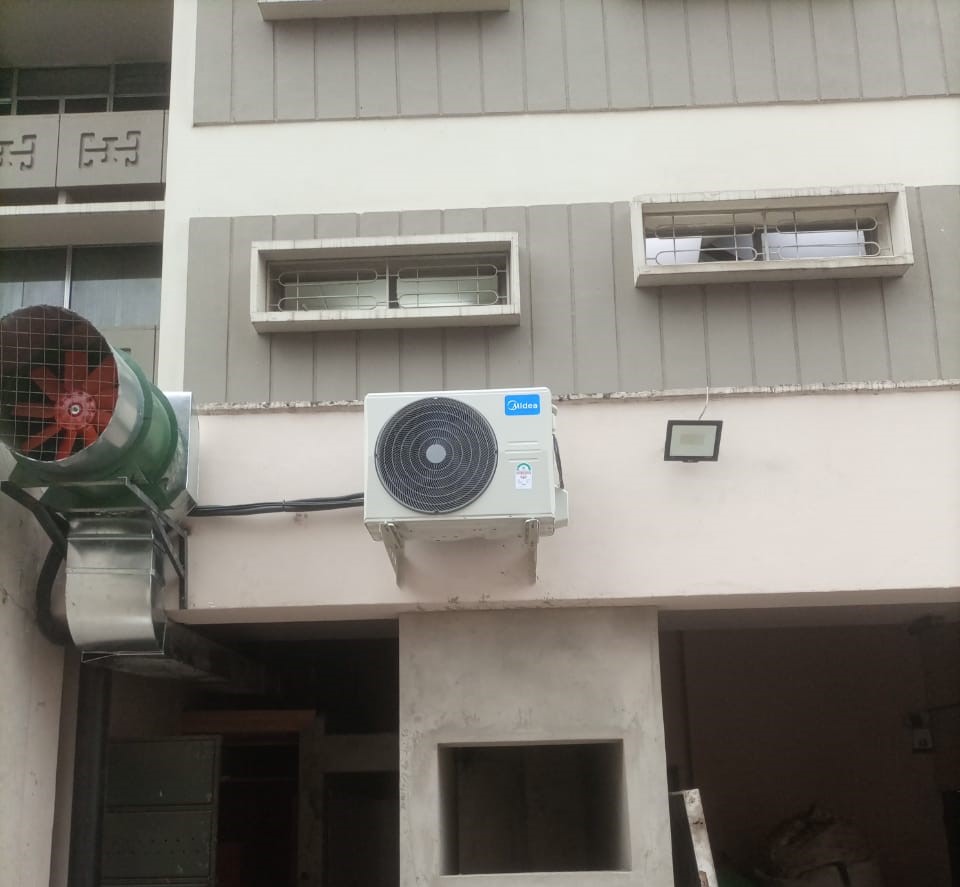Complete Guide to Air Conditioner Installation in Nairobi
Air Conditioner Installation in Nairobi has become increasingly essential as the city evolves into a thriving metropolitan center. With Nairobi’s rapid urban expansion and rising temperatures, the need for reliable cooling systems, HVAC units, and climate control solutions has surged dramatically. Whether you’re equipping a private residence, corporate office, or commercial establishment, expert air conditioning installation, AC fitting, or cooling equipment setup is crucial for maintaining indoor comfort, optimizing energy efficiency, and ensuring the long-term durability of your system. This all-inclusive guide provides valuable insights into every aspect of air conditioner installation in Nairobi—from selecting the ideal cooling unit and evaluating performance specifications to identifying certified technicians, installers, or AC service providers, and navigating local building codes and installation standards.
1. Why You Need an Air Conditioner in Nairobi
Although Nairobi enjoys a relatively temperate climate compared to other African cities, the rising urban heat island effect, densely packed buildings, and shifting weather patterns have made air conditioning more of a necessity than a luxury. Key benefits include:
-
Temperature regulation during hot days, especially in high-rise apartments and offices.
-
Improved air quality, essential for allergy sufferers and asthma patients.
-
Humidity control, preventing mold and mildew growth.
-
Enhanced productivity in commercial environments.
2. Types of Air Conditioners Suitable for Nairobi
a. Split-System Air Conditioners
These are ideal for residential and small office spaces. A split system has two units: an indoor air handler and an outdoor compressor.
-
Pros: Quiet operation, energy-efficient, aesthetically pleasing.
-
Cons: Requires professional installation, higher upfront cost.
b. Window Air Conditioners
Best for individual rooms or apartments where wall penetration is allowed.
-
Pros: Budget-friendly, easy to install.
-
Cons: Noisy, can block natural light, less energy-efficient.
c. Portable Air Conditioners
Flexible and mobile, great for temporary use.
-
Pros: No permanent installation, easy to move.
-
Cons: Noisy, less efficient, needs a nearby window.
d. Central Air Conditioning Systems
Used in large buildings, hotels, or malls.
-
Pros: Uniform cooling, integrates with ventilation.
-
Cons: Expensive, complex installation.
3. Factors to Consider Before Installation
a. Room Size & BTU Rating
Choose an air conditioner that suits your room size. BTU (British Thermal Unit) rating measures cooling capacity:
-
100–300 sq ft: 5,000–7,000 BTU
-
300–600 sq ft: 8,000–12,000 BTU
-
Over 600 sq ft: 14,000+ BTU or multiple units
b. Power Supply
Ensure your electrical wiring and sockets support the unit’s power rating. Consider voltage stabilizers or surge protectors due to Nairobi’s frequent power fluctuations.
c. Building Regulations
For rental apartments or commercial buildings, obtain landlord approval and ensure compliance with property management rules.
d. Sun Exposure
Rooms facing west or east may require higher-capacity units due to increased heat load.
4. The Installation Process Step-by-Step
Step 1: Site Inspection
A technician visits your site to assess space, airflow, electrical setup, and installation logistics.
Step 2: Choosing the Right Location
-
Indoor unit: Ideally placed 7–8 feet above the ground, away from direct sunlight or heat sources.
-
Outdoor unit: Located in a well-ventilated area, on a stable platform, with minimal exposure to dust or rain.
Step 3: Wall Mounting and Drilling
Secure brackets and create space for refrigerant and drainage pipes. Waterproofing and sealing are important to avoid future wall damage.
Step 4: Electrical Connection
Connect the indoor and outdoor units through a power cable and thermostat wiring. Proper earthing and circuit breakers are essential.
Step 5: Piping and Refrigerant Line Installation
Connect copper piping and refrigerant lines. Ensure insulation is tight to prevent condensation or energy loss.
Step 6: Vacuuming and Charging
Technicians will vacuum the lines to remove air and moisture before charging the system with refrigerant.
Step 7: Testing and Commissioning
The system is powered on, and performance is tested—checking for cooling speed, noise level, and any leaks.
5. Cost of Air Conditioner Installation in Nairobi
| Type of AC | Cost of Unit (KES) | Installation Cost (KES) |
|---|---|---|
| Split System (1 HP) | 30,000–50,000 | 10,000–15,000 |
| Window Unit | 25,000–40,000 | 7,000–12,000 |
| Portable Unit | 35,000–60,000 | 0–5,000 |
| Central System | 200,000+ | 50,000+ |
Note: Prices may vary based on brand, capacity, and specific installation requirements.
6. Choosing a Reliable Installer in Nairobi
a. Licensing and Certification
Ensure the technician is certified by organizations like NCA (National Construction Authority) or EPRA (Energy and Petroleum Regulatory Authority).
b. Experience and Reviews
Look for companies with proven experience, positive Google reviews, and verifiable references.
c. After-Sales Service
Choose providers offering warranties and routine maintenance.
Recommended Nairobi-Based AC Installers:
-
Cool Breeze Solutions
-
TechnoAir Kenya
-
ClimaCool Nairobi
-
Arctic Systems Ltd.
7. Maintenance Tips Post-Installation
-
Clean filters every 1–2 months.
-
Schedule annual servicing to check refrigerant levels and compressor health.
-
Avoid blocking vents to ensure proper airflow.
-
Monitor energy usage to catch early signs of malfunction.
8. Common Challenges and How to Avoid Them
| Challenge | Solution |
|---|---|
| Frequent power surges | Use a voltage stabilizer or UPS |
| Dusty environment | Install dust filters and schedule regular cleaning |
| Water leakage | Ensure proper drainage pipe slope and sealant |
| Noisy operation | Check for loose parts or improper installation |
9. Environmental Considerations
With rising concerns about energy consumption and environmental degradation, consider:
-
Inverter technology ACs for reduced electricity use.
-
Eco-friendly refrigerants (R-32, R-410A).
-
Solar-powered systems, gaining popularity in Nairobi’s sunny climate.
Air Conditioner Installation in Nairobi
Installing an air conditioner in Nairobi is a wise investment for comfort, health, and productivity. However, it’s not just about picking any unit off the shelf. You need to carefully consider the space, power supply, building structure, and hire a qualified installer. By following this guide, you’ll ensure a seamless installation process and long-term satisfaction with your cooling system.








